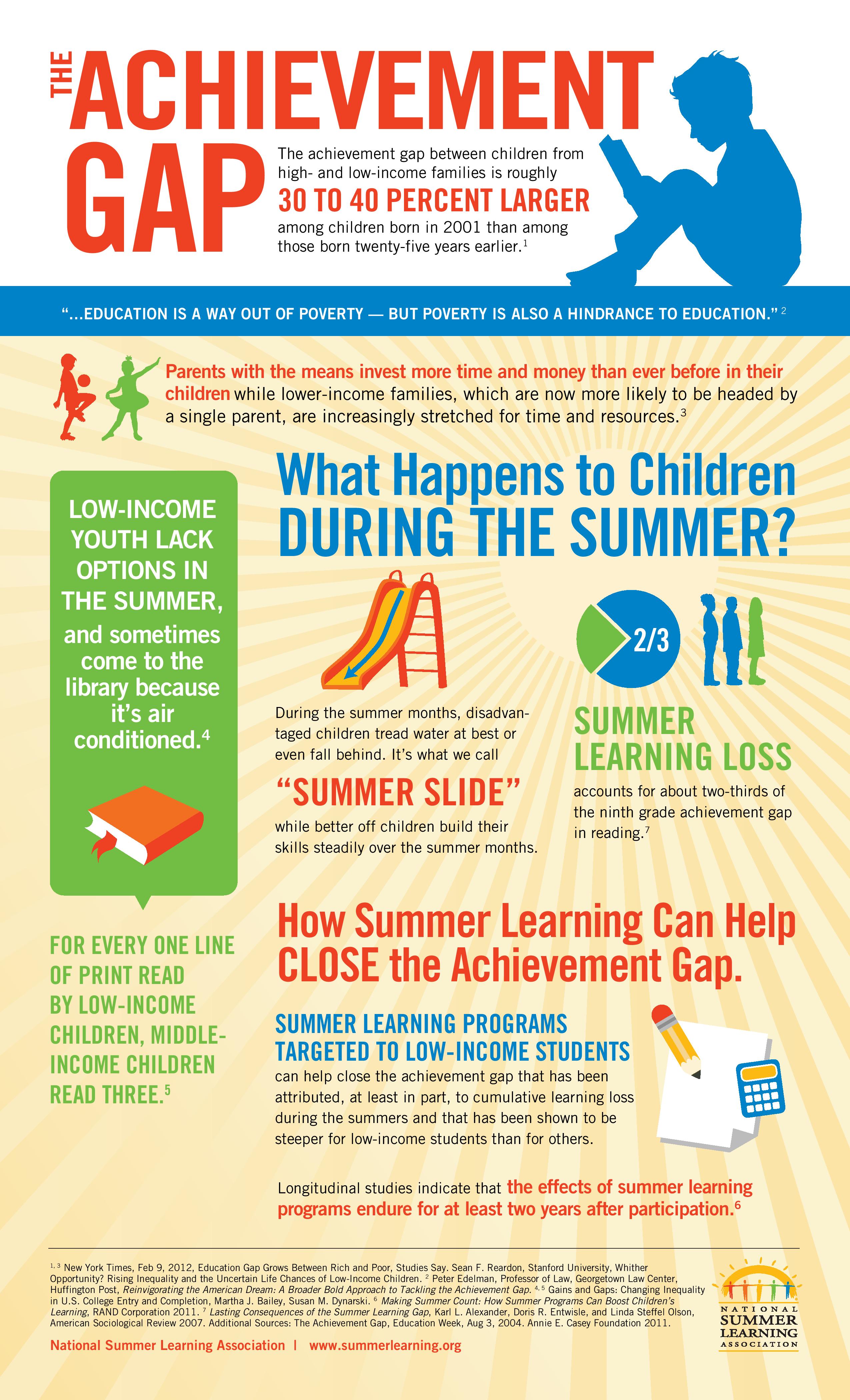From Jill M. Ham, Ed.S. Educational Consultant and Dyslexia Expert from Children’s Dyslexia Center of Georgia
Jill list many of the symptoms that might indicate you want to learn more about dyslexia (reading), dysgraphia (writing), and/or dyscalculia (math).
Reading
#1 Issue: CAN read fluently due to memorizing SIGHT WORDS, but cannot decode unfamiliar words, spell correctly, or write complete sentences with punctuation.
• Reading is slow and choppy, not fluent, but reader can re-tell story
• Reading is fast and fluent, but can not recall the information read
• Struggles with attaching the correct sound to the correct letter
• Will say the individual sounds r-a-t but can not tell you the word at the end of sounding it out
• Will say the letter name instead of the sound when trying to sound out a word
• Can not remember the same words on the next page when reading a book that repeats
• Cannot decode unfamiliar words that they have not memorized
• Skips words when reading
• Omits words when reading
• Inserts words that look visually similar, for example instead of reading HOSE it would be HORSE or HOUSE
• Avoids reading and will always check to see how many pages are in the book first
• Eye Sight is Fine, but Vision Therapy May Be Recommended
Writing
• Handwriting is tiny, small, large, and changes size
• Writing takes a very long time to due and very laborious
• Always struggled with writing letters in a fluid motion, many children draw their letters with circles and sticks
• Has a hard time copying notes from the classroom teacher or white board
• Phonetically Spells words (missing vowels or silent letters)
• Struggled or still struggles writing the alphabet without hesitations (hesitations occur when the writer pauses or has to stop and think which letter or how to form the letter)
• Will inverse letters when writing (writing letters from the bottom to top, instead of top down)
• Will reverse letters: d, b, p, q, z and many times write a j for g and a g for j
• Struggled or still struggles with remembering the difference between: b, d, p and sometimes m and w or n and u and we typically see the j and z reversed
• Will capitalize the B and D when writing so they do not reverse the lowercase b and d
• Will write uppercase letters mixed in with lower case letters
• Will write above and below the line without using the correct pencil grip
Working & Long Term Memory
• Executive Functioning Deficits
• Struggles with Working & Long Term Memory
• Hard time breaking task or multiple steps into parts
• Takes a long time to learn new concepts
• Learning vocabulary words and commutative information is extremely challenging
• Learns better with visual (concrete information) and hands on
Math
• Struggles with memorizing addition and subtraction facts
• Struggles with word problems in math
• Struggles with memorizing and recalling multiplication facts
• Struggles with multiple step math problems
• Very creative in arts, music, dance, drama, but has a hard time staying focused
• Does not understand the concept of time and struggles telling time
• Struggles with money and counting money
• Struggles with going backwards and forwards on the number line
Homework & Sensory
• May Exhibit Signs of ADD or ADHD
• Low Self-Esteem and Very Self Conscious
• Fidgets, rocks, moves or tries to avoid when given a reading, spelling or writing task
• Homework and studying takes HOURS and MELT DOWNS occur
• Parent is re-teaching information daily/nightly
• May teach new information and 30 minutes later the child does not remember the information presented



 If a school is using an RTI approach, what rights do parents have and what strategies can be used to address identification issues?
If a school is using an RTI approach, what rights do parents have and what strategies can be used to address identification issues? 